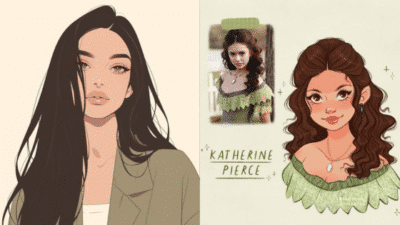Ever wondered how some artists just nail that perfect, genuine grin, while others’ smiles end up looking a bit… off? Drawing a truly expressive smile is one of the most rewarding challenges in character art. It’s more than just curving a line upwards; it’s about capturing a fleeting moment of joy, mischief, or warmth. If you’re looking to master the art of happy faces and truly understand how to draw a smile expression that pops off the page, you’ve landed in the right spot. We’re going to dive deep into the anatomy of a grin, explore different types of happy expressions, and give you the lowdown on making your characters beam with authenticity. So grab your sketchbook, a pencil, and let’s get those happy muscles working!
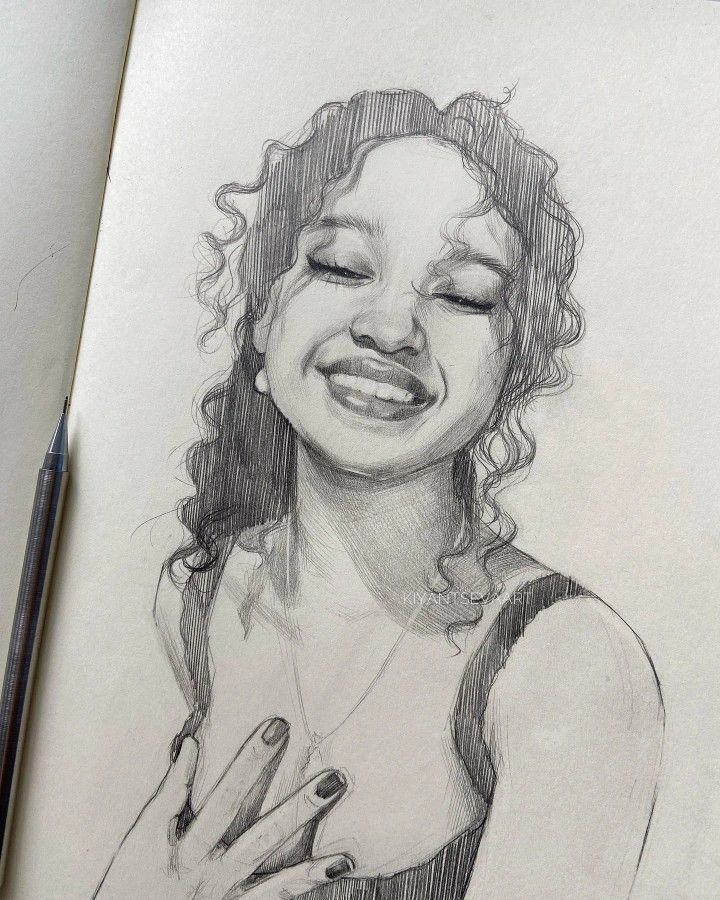
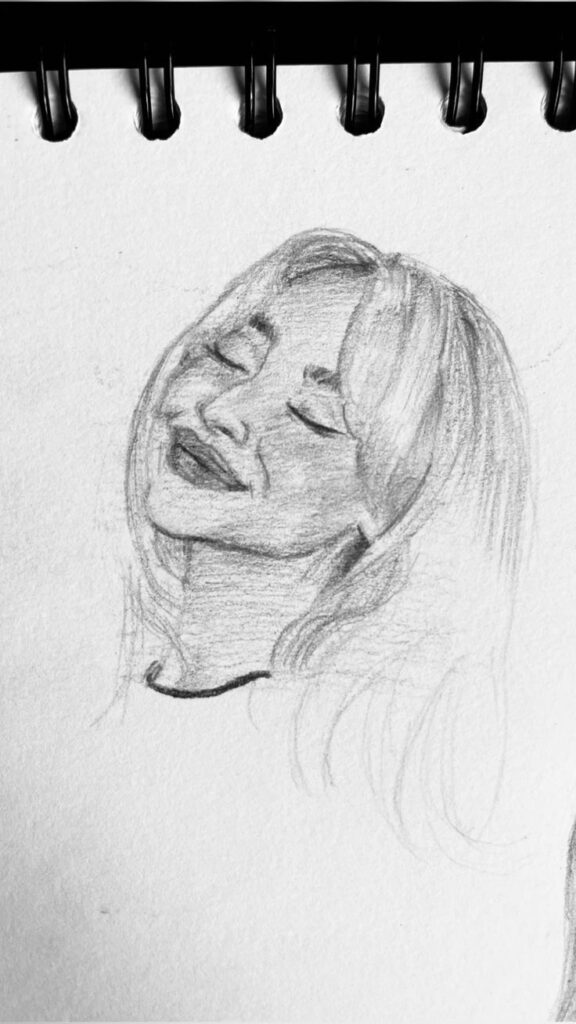
Unpacking the Anatomy of a Smile
Before we even think about putting pencil to paper, let’s talk a bit about what really happens when someone smiles. It’s a complex dance of facial muscles, not just a simple mouth shape. Understanding these underlying mechanics is your secret weapon to drawing convincing expressions.
Think about it: when you smile, your mouth isn’t the only thing moving. Your cheeks lift, pushing up against your eyes. This often creates those lovely crinkles at the corners of your eyes, sometimes called “crow’s feet.” Your nostrils might flare slightly, and even your eyebrows can subtly shift. The degree to which each of these elements moves determines the type of smile. A subtle, polite smile looks very different from a full-blown, joyous laugh.
The main muscles involved are the zygomaticus major (which pulls the corners of your mouth up and out), the orbicularis oculi (which contracts around your eyes, causing those crinkles), and sometimes even the risorius (which pulls the mouth corners straight back). Don’t worry, you don’t need to memorize these Latin names! Just remember that a smile isn’t isolated to the mouth. It’s a whole-face event. Ignoring these other facial features is one of the quickest ways to end up with a stiff, unnatural-looking smile.
The Basic Smile: Your Foundation
Every great structure starts with a solid foundation, and your journey to drawing incredible smiles is no different. Let’s begin with the basic, closed-mouth smile – the kind that’s friendly and approachable without being overly dramatic. This is where you build your core understanding.
Drawing the Mouth: The Core Shape
Start with the mouth itself. Instead of just a single curved line, think of it as a stretched ‘U’ shape, or better yet, a soft, elongated ‘D’ or ‘C’ turned on its side. The upper lip generally takes on a gentler curve, while the lower lip often appears fuller and more pronounced.
The corners of the mouth are crucial. They don’t just go straight up; they usually pull slightly outwards as well. Imagine an invisible line running from the corners of the mouth towards the ears. This outward pull gives the smile its width and energy. For a basic smile, the teeth might not even be visible. If they are, only the top row will usually show, and even then, often just a hint of them, peeking from behind the upper lip. Avoid drawing every single tooth like piano keys; it can make the smile look artificial. Instead, suggest the presence of teeth with a soft, general line across the upper jaw.
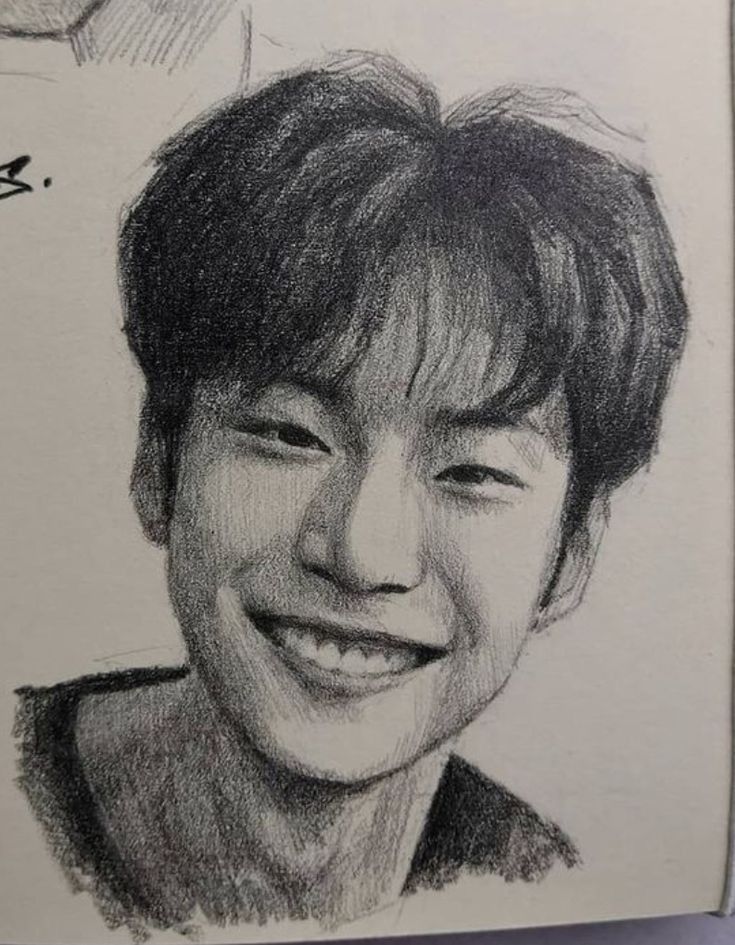
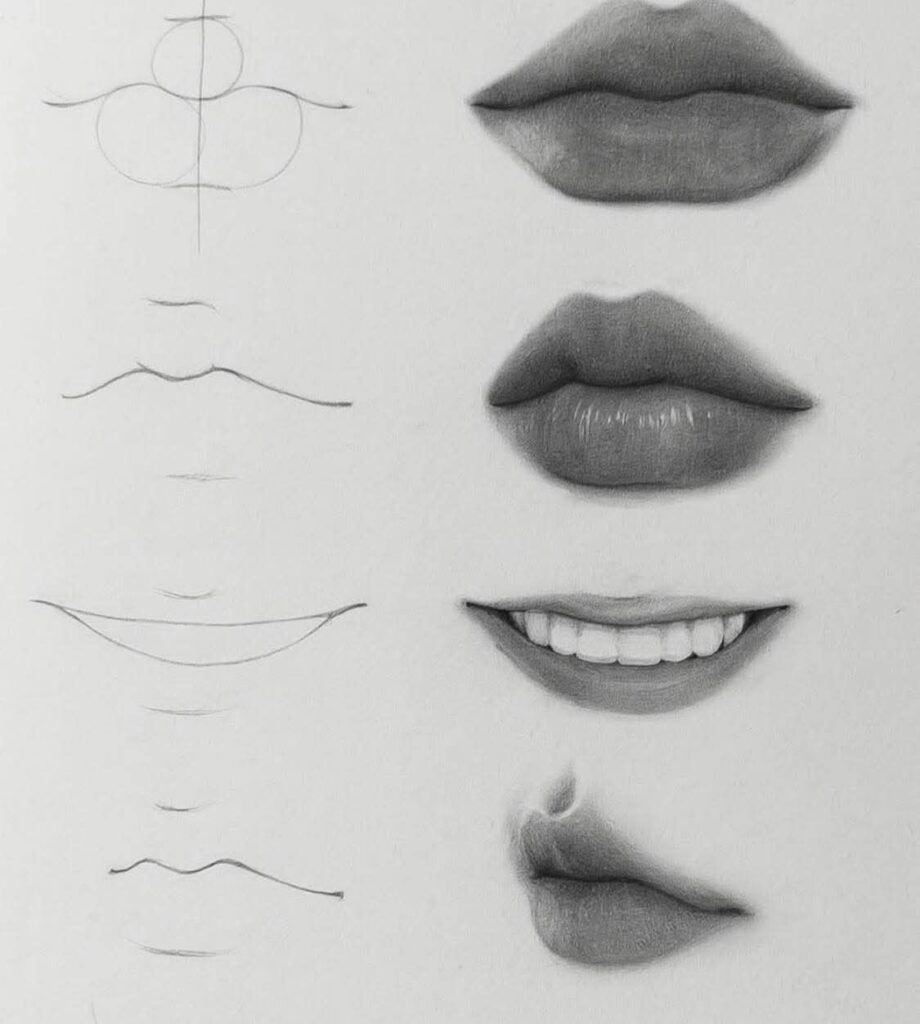
Adding Cheeks and Eyes: The Smile’s Best Friends
Once you have the mouth, immediately start thinking about the surrounding features. This is where the magic happens. As the mouth pulls up and out, the cheeks rise. This isn’t a subtle detail; it’s a defining characteristic of a genuine smile.
Draw soft, rounded shapes just above and to the sides of the mouth to represent the raised cheeks. These shapes will gently push up against the lower eyelids. This is key. A genuinely happy person will have their lower eyelids slightly squished by their cheeks. This creates a slight curve in the lower lash line and can even make the eyes appear a little narrower. These aren’t dark, heavy lines, but soft suggestions that show the underlying muscle movement. If the eyes don’t participate, the smile often feels fake or forced. It’s like when you’re trying to draw an expressive character, you have to think about all the details, much like you would if you were learning how to draw Shadow the Hedgehog from Sonic the Hedgehog – every element contributes to the overall impression.
Variations of Happy: Beyond the Basic Grin
Once you’ve got the basic smile down, it’s time to explore the vast spectrum of “happy.” Not all smiles are created equal, and learning to differentiate them will add incredible depth to your characters.
Subtle Smiles: The Hint of Joy
A subtle smile is often the most challenging to draw because it relies on nuance. It’s not about grand gestures but small, almost imperceptible shifts. Here, the corners of the mouth might just barely turn upwards, or perhaps one side lifts slightly more than the other, hinting at a private thought or a fleeting moment of contentment.
The eyes are paramount here. They won’t have deep crinkles, but the lower lid might show a very gentle curve, and the overall gaze will convey a sense of inner peace or quiet amusement. It’s about suggestion, not explicit declaration. Think of a character just listening to good news, or a knowing look between friends. Less is definitely more when it comes to subtle smiles.
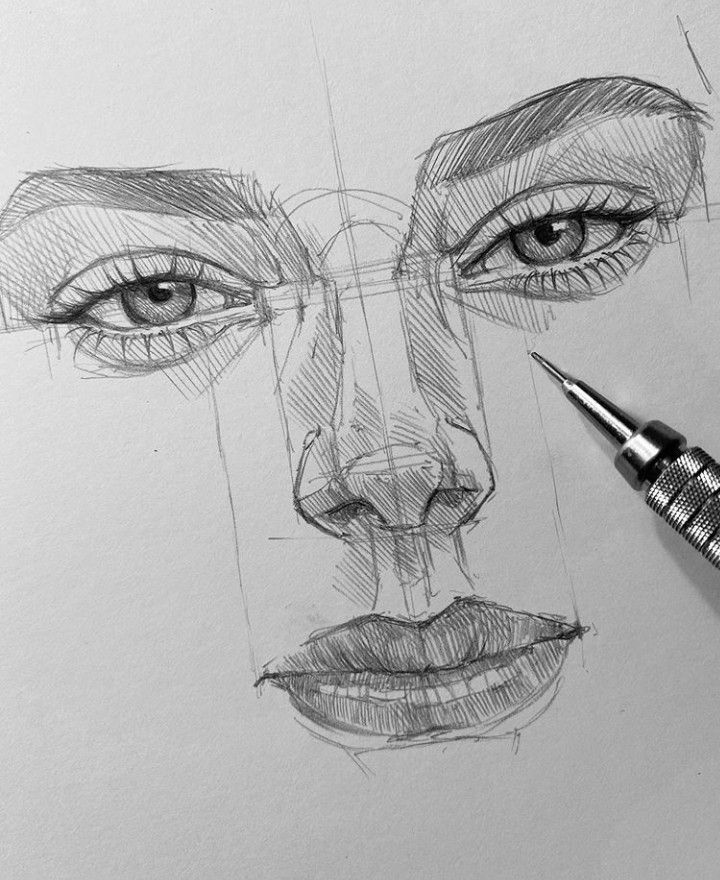
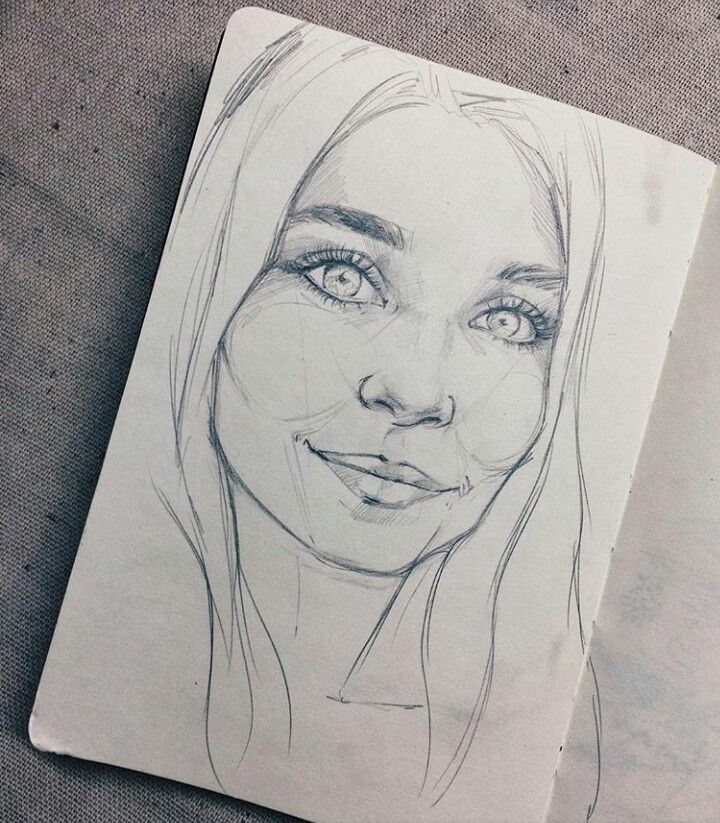
Broad, Glee-Filled Smiles: Uninhibited Happiness
Now, let’s crank up the joy! A broad, glee-filled smile is what you draw when your character is genuinely, overwhelmingly happy. Here, the mouth is much wider, the corners pulled far out and up. The upper lip often reveals a full row of upper teeth, and sometimes even a hint of the lower teeth, particularly molars, can be seen if the mouth is wide enough.
The cheeks are significantly pushed up, creating prominent curves. Those beautiful crinkles around the eyes become more defined, and the eyes themselves might even squint a little from the sheer force of the smile. The eyebrows often arch slightly, further emphasizing the wide-eyed wonder or excitement. This type of smile screams “pure joy!”
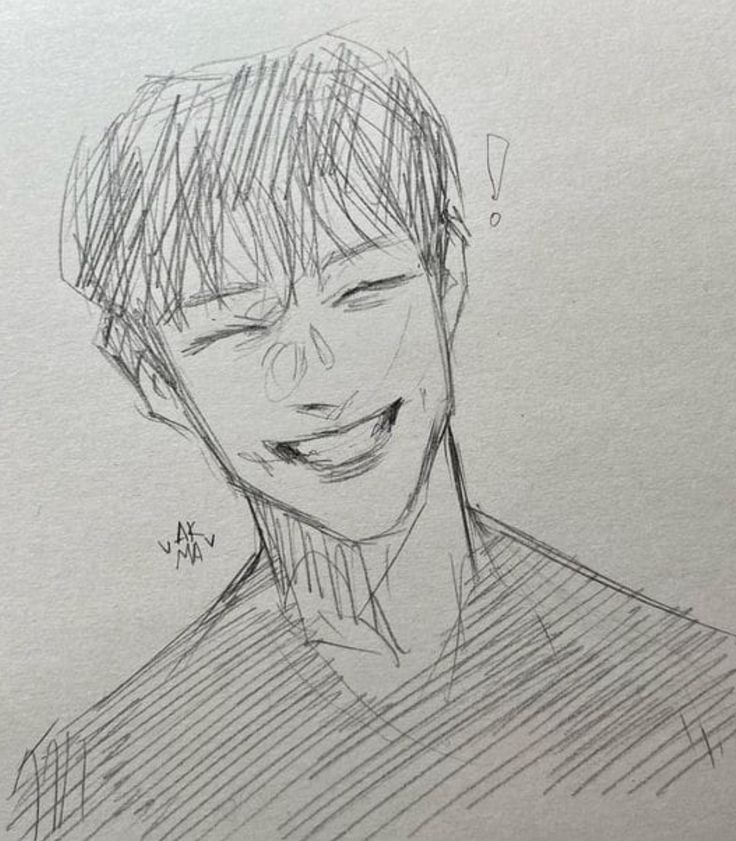
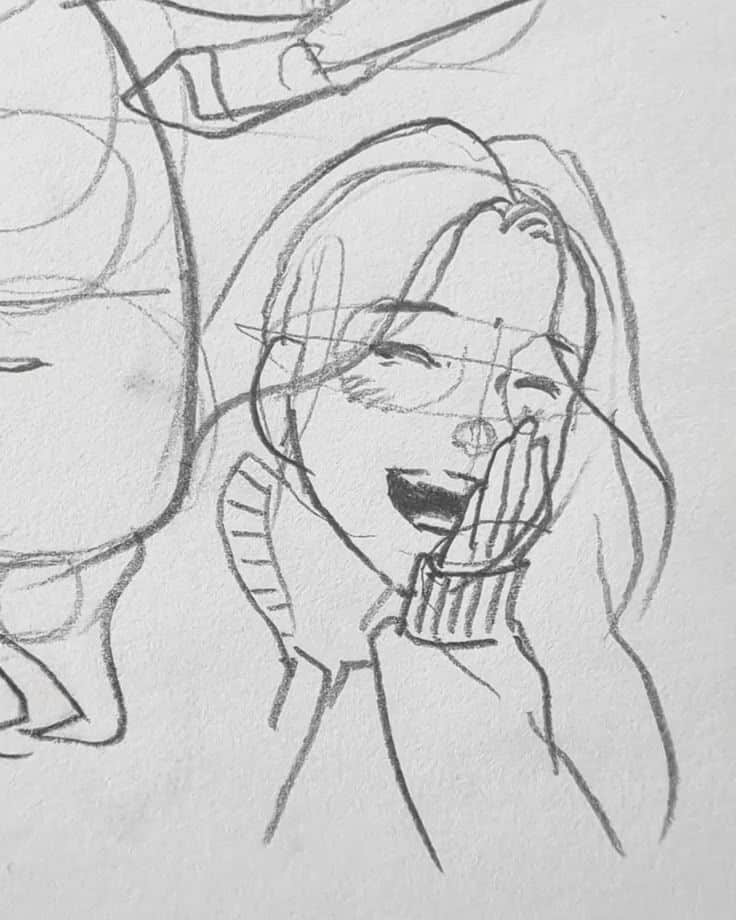
Smirks and Mischievous Grins: A Touch of Playfulness
Smirks and mischievous grins add a fantastic layer of personality. These aren’t about straightforward happiness but often hint at an ulterior motive, a secret, or playful teasing. The key here is asymmetry.
One side of the mouth typically lifts higher than the other, often accompanied by a slight tilt of the head or a raised eyebrow on the opposite side. The eyes might twinkle or look off to the side, conveying a sense of slyness. The mouth might not be wide open; it’s more of a knowing twist. Think of a character who just played a harmless prank or is about to share some juicy gossip. It’s less about raw emotion and more about personality and intent. These expressions are perfect for adding depth to character interactions and making your artwork more engaging.
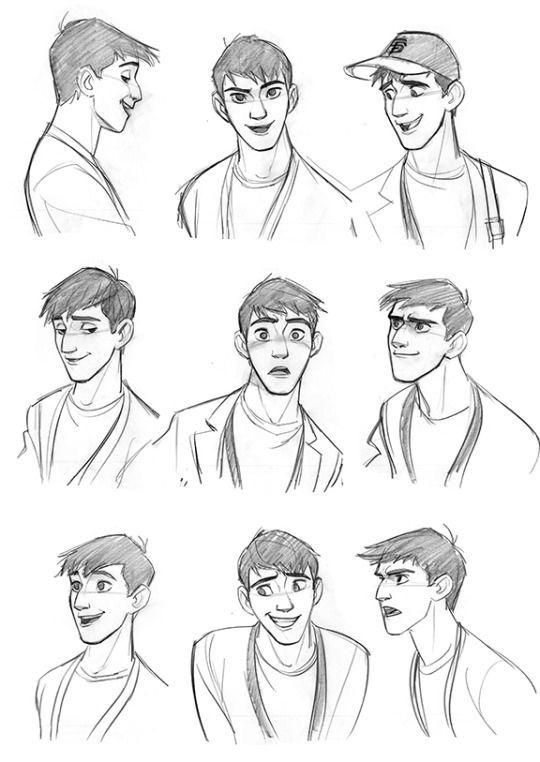
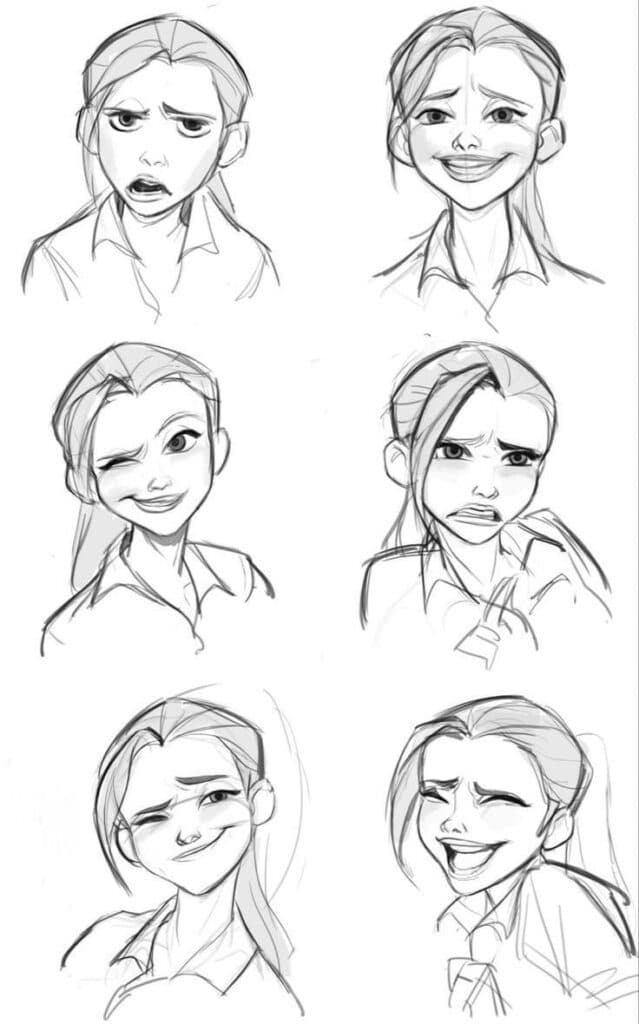
Laughter and Open-Mouth Smiles: Explosive Emotion
When a character is genuinely laughing or experiencing extreme happiness, the mouth opens up. This is where you get to show off some teeth and even a bit of the tongue. The mouth cavity becomes a prominent feature, often shaped like an inverted ‘U’ or a wide, rounded ‘O’.
The upper and lower teeth are usually visible, but again, avoid drawing every tooth individually. Suggest them with shape and shadow. The tongue might be visible, resting on the lower jaw. The cheeks are fully engaged, pushing hard against the eyes, creating deep creases. The eyes often narrow significantly, sometimes almost closing. The entire face becomes a dynamic explosion of joy. It’s important to exaggerate here, but still keep it grounded in reality. These smiles are loud and boisterous, conveying an unstoppable force of happiness.
The Eyes Have It: Expressing Joy Through Gaze
We’ve touched on this before, but it bears repeating: the eyes are arguably the most important element in conveying a genuine smile. A smile without accompanying eye engagement often feels fake, like someone forcing happiness for a photograph.
Crinkles and Crow’s Feet: The Marks of True Mirth
When we genuinely smile, the orbicularis oculi muscles around our eyes contract, pushing up the flesh and creating those distinctive lines at the outer corners. These are the “crinkles” or “crow’s feet,” and they are powerful indicators of sincere joy. Without them, a wide mouth often looks unsettling.
Don’t be afraid to draw these! They add character, realism, and warmth. They’re not wrinkles that make someone look old; they’re the beautiful testament to a life lived with laughter. The depth and number of these lines will vary with the intensity of the smile. A subtle smirk might have just a hint, while a booming laugh will show deep, expressive creases. Pay attention to how the lower eyelid subtly curves upwards and slightly compresses, too.
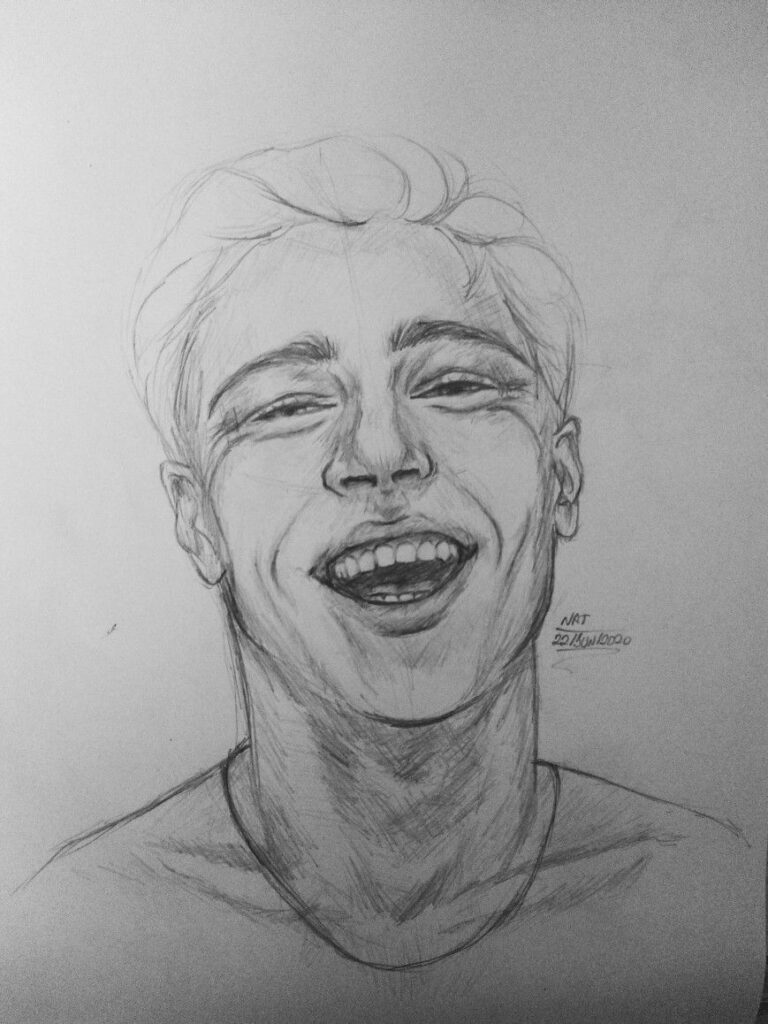

Eyebrow Movement: Subtle Enhancements
Even the eyebrows get in on the action! While their movement is often more pronounced in expressions of surprise or anger, they play a subtle role in happiness too. For a generally happy, pleasant smile, the eyebrows might relax or even lift slightly in the middle, creating a more open and welcoming expression. For a mischievous smirk, one eyebrow might raise, adding to the playful asymmetry.
Observing these subtle shifts in eyebrow position can drastically improve the authenticity of your drawn smiles. It’s these small details, often overlooked, that elevate a good drawing to a great one. Think of it as adding layers to your design, much like how various elements contribute to effective brand mark ideas – each part plays a role in the overall message.


Context is Key: Smiles in Different Situations
A smile isn’t just an isolated expression; its meaning and appearance are heavily influenced by context. The situation, the character’s personality, and the underlying emotion all play a vital role.
Character Personalities: Who is Smiling?
Consider your character. Is it a shy, reserved person? Their smile might be a gentle, closed-mouth affair, perhaps with downcast eyes. Is it a boisterous, outgoing individual? Their smile will likely be broad, open, and full of energy, perhaps even a hearty laugh. A villain’s smirk will carry a different weight than a hero’s triumphant grin.
A character’s background, age, and even their current emotional state (beyond just “happy”) will dictate how they express joy. A battle-hardened warrior might have a weary but genuine smile after a victory, while a child’s smile is often uninhibited and full of pure delight. Matching the smile to the character’s personality makes them feel real and relatable. If you’re drawing a character from a manga or anime, for instance, you might even consider incorporating some Japanese style illustration tips to capture specific stylistic nuances in their expressions.
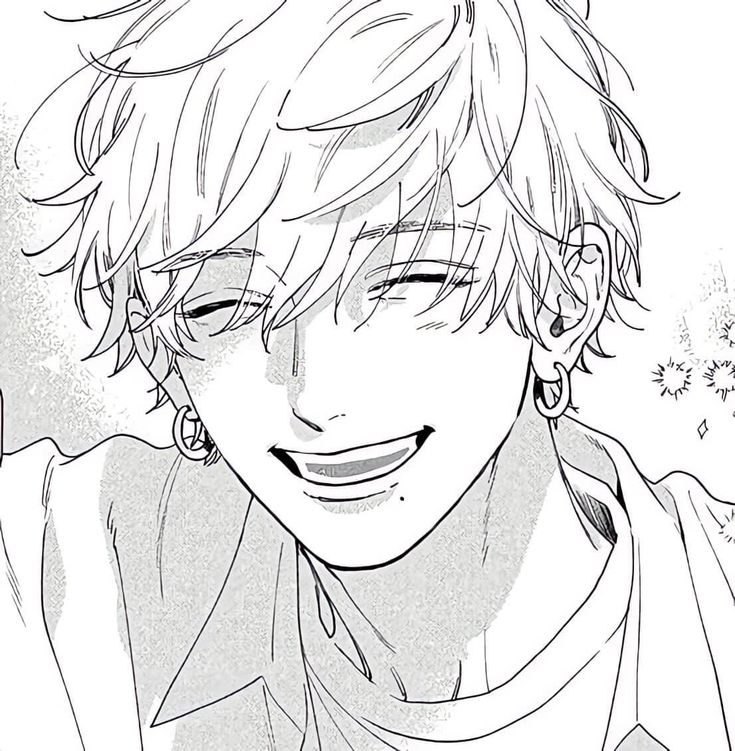
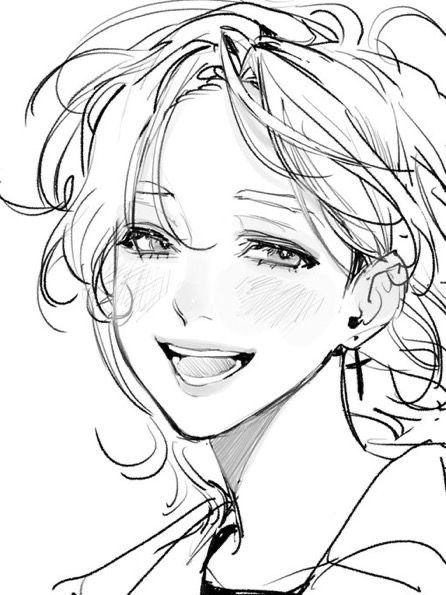
Emotional Nuance: What Kind of Happy?
“Happy” is a broad term. Are they happy because they just heard good news (relief, pleasant surprise)? Are they happy because they succeeded in a challenge (triumph, pride)? Are they happy to see an old friend (warmth, affection)? Each of these “happy” emotions will manifest slightly differently.
- Relief: Often a gentle, almost tired smile, perhaps with eyes closed or looking downwards.
- Triumph: A confident, broad smile, often with an upward tilt of the head and direct eye contact.
- Affection/Love: A soft, warm smile, with deeply crinkled eyes and a genuine, open gaze.
- Mischief: As discussed, an asymmetric smirk with twinkling eyes.


Learning to differentiate these nuances through your drawing will make your characters incredibly expressive and your storytelling much richer. This attention to detail is something you see in broader artistic movements as well; just look at how contemporary art trends often focus on conveying complex emotions and ideas through subtle variations in form and color.
Common Mistakes to Avoid
Even seasoned artists can fall into traps when drawing smiles. Being aware of these common pitfalls can help you sidestep them and create more compelling expressions.
The Symmetrical Trap
Our faces are rarely perfectly symmetrical, especially when expressing emotion. A perfectly symmetrical smile often looks unnatural, robotic, or like a forced “say cheese” grin. Allow for slight imperfections and asymmetries. One corner of the mouth might lift a fraction higher, one eye might squint a tiny bit more, or the head might tilt. These subtle deviations are what make a smile feel organic and alive.
Lack of Muscle Engagement: The “Floating Mouth”
This is perhaps the most common mistake. Artists draw a curved mouth, but the surrounding features – the cheeks, the eyes, the nose – remain static, as if the smile is floating independently on the face. Remember, a genuine smile pulls the cheeks upwards, pushing against the lower eyelids. If these areas aren’t responding, the smile will lack energy and sincerity. It’s like drawing a puppet whose strings are only attached to its mouth.
Disconnected Eyes: The “Dead Eye” Smile
We’ve covered this extensively, but it’s worth reiterating. If the eyes don’t show any engagement – no crinkles, no softening of the lower lid, no sparkle – the smile will look hollow or even sinister. It’s the “dead eye” smile, and it’s a surefire way to convey insincerity or a lack of genuine emotion. Always connect the eyes to the smile; they are the windows to the soul, and definitely the windows to a happy soul!

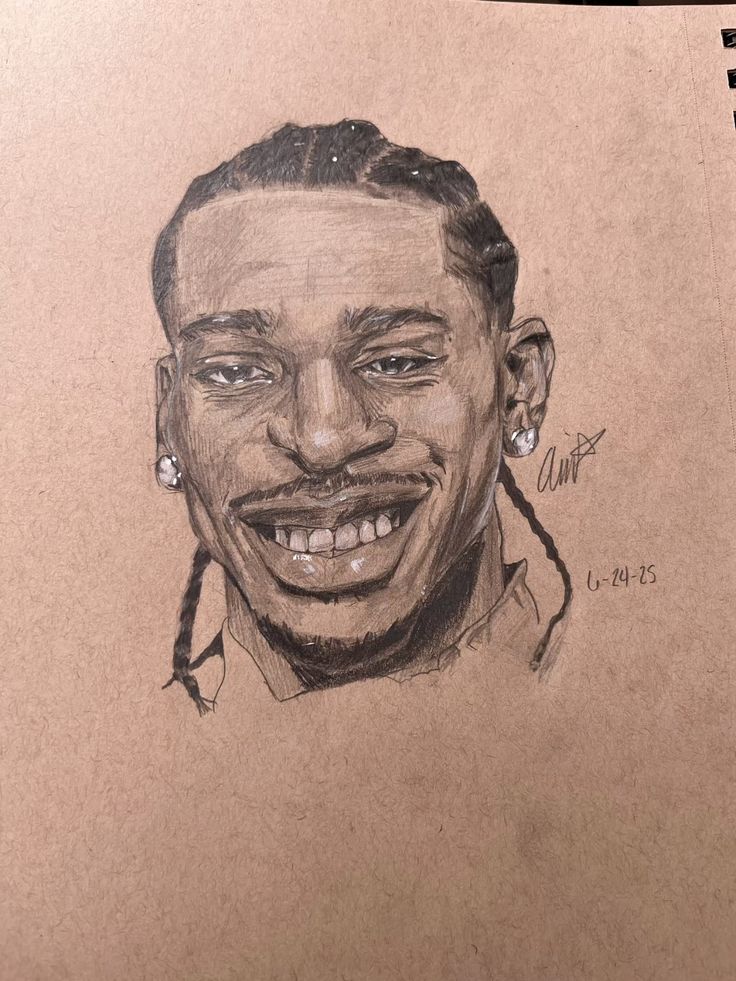
Practice Makes Perfect: Exercises and Tips
Drawing expressive smiles is a skill that develops with practice and keen observation. Here are some ways to sharpen your abilities.
Observation: Become a Smile Detective
This is your most powerful tool. Start paying close attention to people’s smiles in real life, in movies, in photographs, and in other artists’ work. Notice:
- How high do the mouth corners go?
- Do the upper teeth show? The lower?
- What happens to the cheeks? How do they push against the eyes?
- Are there crinkles around the eyes? How deep are they?
- How do the eyebrows behave?
- Is the smile symmetrical or slightly off-kilter?
- What’s the mood of the smile? Is it shy, ecstatic, mischievous?
Carry a small sketchbook and quickly jot down stick-figure sketches of interesting smiles you see. The goal isn’t perfection, but capturing the essence of the expression.
Reference Photos: Your Best Study Buddy
Don’t be afraid to use reference photos! In fact, embrace them. Collect a diverse library of images showing various types of smiles. Look for different ages, genders, ethnicities, and emotional intensities. You can even take selfies of yourself making different expressions; it’s a fantastic way to understand how your own face moves.
When using references, don’t just copy. Analyze why the smile looks the way it does. What muscles are engaged? What lines are formed? How does the light play on the raised cheeks and crinkles?
Sketching Drills: Repetition is Your Friend
Dedicate practice sessions specifically to drawing smiles.
1. Mouths Only: Start by drawing just the mouth in various happy expressions (subtle, broad, laughing). Focus solely on the lip shape, the tension at the corners, and how teeth might be shown. 2. Eyes Only: Then, draw sets of eyes in happy expressions. Focus on the lower lid curve, the crinkles, and the eyebrow position. 3. Full Faces: Once you’re comfortable with individual features, combine them. Draw simple head shapes and add different smile expressions. Don’t worry about perfect rendering; aim for capturing the emotion and overall coherence. 4. Quick Gesture Smiles: Set a timer for 30 seconds or a minute and quickly sketch a full smiling face. This forces you to capture the core energy and shape without getting bogged down in details.
The more you practice, the more intuitive drawing genuine smiles will become. It’s like any skill, whether you’re learning to code or master a musical instrument; repetition and focused effort are key.
Bringing It All Together: Your Path to Expressive Art
Drawing a smile expression that truly resonates is an art form in itself. It’s about combining technical understanding with empathetic observation. It’s about knowing when to be subtle and when to exaggerate, when to show restraint and when to let the joy explode across the page. Remember that a genuine smile involves the entire face, from the lifted cheeks to the crinkled eyes, and even the subtle tilt of the head.
By understanding the underlying anatomy, exploring the nuances of different happy emotions, avoiding common pitfalls, and diligently practicing, you’ll soon find your characters radiating genuine warmth, mirth, and pure, unadulterated happiness. So keep observing, keep sketching, and most importantly, keep smiling yourself! The more you connect with the emotion, the better you’ll be at drawing it. What kind of happy face will you draw next?
- 12shares
- Facebook0
- Pinterest12
- Twitter0



